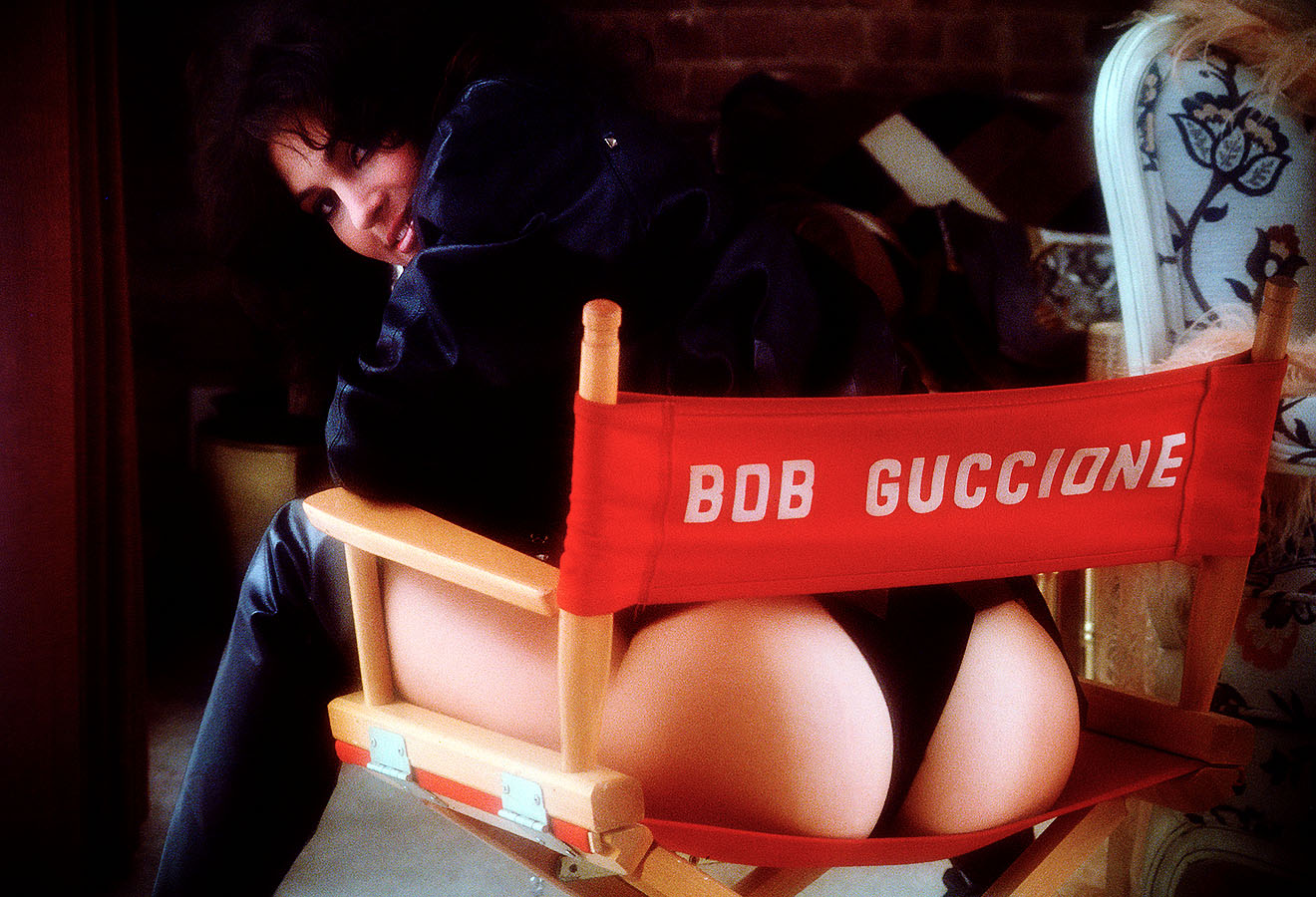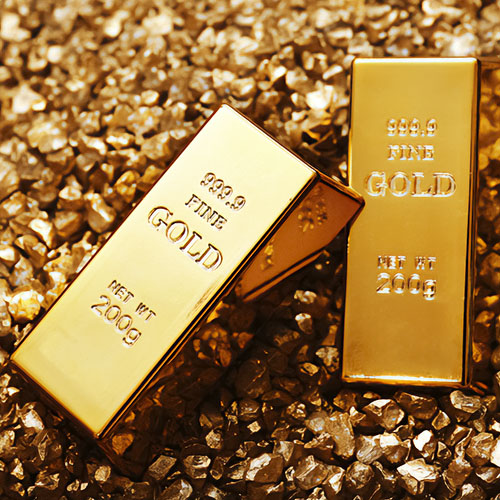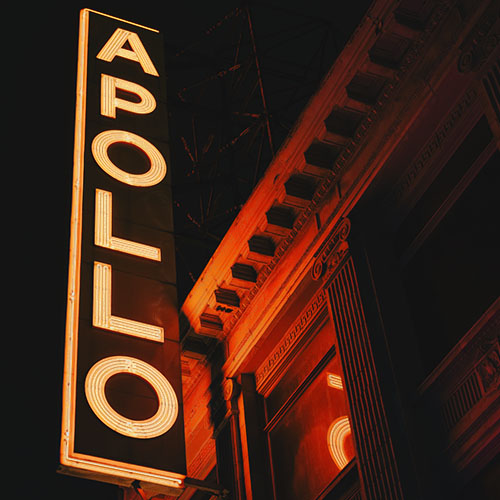With his love of beautiful women combined with artistic genius, Bob Guccione created what Rolling Stone called “the greatest adult magazine in history.” We mark his passing and honor his memory with this special collection of photos.
Nice Work If You Can Get It
Like most big ideas, Penthouse had small beginnings in the mind of one extraordinarily complicated man — a 34-year-old Brooklyn-born artist and cartoonist named Robert Charles Joseph Edward Sabatini Guccione. Although Vanity Fair called Penthouse “among the greatest success stories in the history of magazines,” it was far from a sure thing. As an article in Fortune magazine noted in 1975, “Financing the magazine’s debut [in London in 1965] was a nerve-racking business, for Guccione was unable to raise any capital, apart from a few thousand dollars contributed by his devoted father[…].
“An action was started against him under Section 11 of the Post Office Act for sending indecent matter through the post. He contrived, however, to avoid the summonses until the mailing was completed. He simply remained holed up in his house for a fortnight while two police officers awaited him on the street. All the while he received the proofs of his magazine through the letter box and consulted with his tiny staff over the phone. Then he emerged, stood trial, and was fined. The publicity was a great boon, and the first issue of the magazine, which had a press run of 120,000 copies, sold out within a few days of its appearance.”
Four years later, in September 1969, with a cover price of 75 cents and a print run of 225,000, financed entirely by high debt and higher hopes, the first U.S. issue of Penthouse sold out in a matter of days. But it wasn’t just a public-relations stunt that created a magazine that became a global brand name recognized in every country in the world. In many ways, Penthouse not only reflected its times perfectly but anticipated them as well. Because of the magazine’s reach, longevity, and uncompromising attitudes, it can be said that Penthouse has to this day influenced Americans’ sexual tastes.
When it came to the selection of models, Guccione — who, as Rolling Stone described him, “carrie[d] himself with an imperial swagger, shoulders back, head high: a Roman ruler sauntering to the lip of a balcony to survey his subjects” — had a more cosmopolitan taste than Playboy’s Hugh Hefner, preferring natural over surgically enhanced sex appeal, giving Penthouse an artistic edge and pictorial versatility. Joe Brooks, Guccione’s first art director, told Rolling Stone that “Bob used light like a master painter, but he has an incredibly dirty mind. It’s a beautiful combination.”
At the end of his career, Guccione elaborated on this: “We followed the true philosophy of voyeurism. To invade privacy. To see [a woman] as if she doesn’t know she’s being seen. That was the sexy part. That was the part that none of our competition understood.”
In the early seventies, Guccione pioneered full frontal nudity, although the spirit of the laid-back, pot-smoking high times was reflected in the sensual, soft-lens look of his. famous photographs of casually clad models languidly looking away from the camera. The early eighties brought bolder, sharper focus to the pictorials, and as American women continued to shed their inhibitions (and their pubic hair) and claim their right to sexual satisfaction, Penthouse was the first erotic magazine to expose the clitoris.
The models no longer looked lost in reverie or naively unaware of the camera’s presence — they flaunted their sexuality with unprecedented exhibitionism, actively engaging the consumer in the erotic-fantasy encounter. And Bob gloried in his readers’ obsession with his Guccione photos. For many years, he’d unveil each new Pet of the Year with a photo of the girl sitting on his lap. “Nice work if you can get it!” he’d gloat, quoting the old Gershwin song. And millions of readers loved it.
Guccione capitalized on the magazine’s success and notoriety by going into the movie business. In 1979, Caligula — to this day, the world’s most extravagant X-rated film — opened in New York. Starring Helen Mirren, Malcolm McDowell, John Gielgud, and Peter O’Toole, the film was based on a Gore Vidal screenplay, took almost two years to shoot, and cost upward of $17 million. In true Guccione fashion, the film engendered litigation with almost everyone connected to it — especially the director, Tinto Brass, who resented, among other things, that Guccione inserted a long lesbian scene into his film. Despite almost universal critical condemnation, the movie, opening with a record-high $7.50 ticket price, had lines around the block and continued to sell well over the next 30 years — in VHS, DVD, and Blu-ray incarnations.
Guccione’s boldness often paid off with headline-making publishing coups. The September 1984 anniversary issue with nude photos of Vanessa Williams, the first black Miss America, sold out a print run of 5,643,370 almost immediately. In 1992, an eager American audience snapped up millions of copies of an issue featuring a nude photo layout of Gennifer Flowers, Bill Clinton’s onetime mistress. Other best-selling issues included nudes of a young
Madonna, taken years before her fame; the “honeymoon” photos of controversial figure skater Tonya Harding; the semi nude photos of presidential accuser Paula Jones; and many, many others.
Guccione was determined, however, for Penthouse to make its mark with much more than erotic photography. For him, the magazine’s journalistic mission was to bring out the truth and shake up the establishment. From its earliest days, Penthouse covered stories the mainstream media avoided ,and commissioned investigative articles on the U.S. government, the Mafia, the pharmaceutical industry, and the cancer-research establishment.
For two years in a row, Penthouse won the top article award from the most prestigious writers’ group in America, the American Society of Journalists and Authors. In 1997, Penthouse was cited for publishing the best investigative article of the year, an expose of the government’s cover-up of what really happened to soldiers in the Gulf War. In the previous year, the magazine won two reporting awards from the ASJA — for best investigative reporting and for best medical writing — for exposing how HMOs mistreat patients and doctors alike.
Guccione’s proudest journalistic achievement was his constant editorial support of America’s fighting men and women, which he started in 1974 with a monthly series of articles examining the nation’s betrayal of Vietnam veterans. Guccione didn’t care if the war was unpopular or even justified — the fact that thousands of GIs were losing their lives and many more were physically and psychologically impacted and then abandoned by the very government that had sent them to war enraged him. The articles in Penthouse, along with lobbying by an office he set up in Washington, D.C., to fight for veterans’ rights, helped to begin turning the country around. People who had shunned and castigated returning warriors as “baby killers” realized that they were scapegoating men who were really American heroes.
These articles — for and by Vietnam veterans prompted Brandeis University to name Guccione Publisher of the Year in 1975, saying he was a “new force in the world of publishing… He has increasingly focused his editorial attention on such critical issues as the welfare of veterans and problems of criminality in modern society.”
For most of his career, Guccione’s instinct in promoting Penthouse was uncanny. The Guccione Photos were no small part of that, but the influence went well beyond the layouts. In the nineties, when the Unabomber (later to be revealed as Ted Kaczynski) offered to stop his killing spree if someone would publish his manifesto, Guccione immediately made the offer. Although Kaczynski turned him down, Penthouse and Guccione were featured in dozens of international news reports, and Guccione published Kaczynski’s rejection letter in
the magazine along with his response: “I cannot accept your characterization that Penthouse is strictly an entertainment magazine,… Over the years, Penthouse… has attacked and exposed elements of every well-entrenched power base in the country, from government and religion to big business and organized crime… I’ve been bugged, sued, pursued, and shot at, but I haven’t killed anybody… yet!”
But of course the magazine’s incredible success has primarily been built on its sexy, beautiful, art inspired photography, which transformed the world of erotica. As Rolling Stone put it, “Guccione’s Penthouse made sex look like something that happens between real adults (who weren’t your parents) …. It was the adult magazine that wormed its way into the kinkier recesses of the libidinal subconscious and, arguably, did more to liberate puritan America from its deepest sexual taboos than any magazine before or since.”
Some people were surprised when they learned that, as a teenager, the future liberator of puritan America had joined a seminary to study for the priesthood. But Guccione himself acknowledged that his fascination with sexuality was tinged with the idea that it was somehow sinful. A friend from Guccione’s childhood days recalls Bob’s mother hiding succulent Italian chocolates beneath the flowing gown of a living-room statue of the Madonna. “When Bob got a good report from school,” the friend said, “he was allowed to pluck a candy from beneath her robe.” Years later, after plucking 6 millions of dollars from readers’ obsession with sex, Guccione acknowledged how vital it was that men retain a sense of shame about their prurient interests. “We’ve published lots of articles about how ’natural’ sex is,” he said. “But God forbid everyone actually believe that. We’d be out of business in a heartbeat!”
When, in the eighties, right-wing Moral Majority types mounted a crusade against men’s magazines, Guccione wasn’t surprised. “Every season is open season on sex,” he said. “There’s an old political adage: When in doubt, attack sex. It always works.”
When adult toys entered mainstream culture in the nineties, Penthouse was one of the first magazines to utilize them in pictorials, portraying women as active pursuers of autoerotic pleasures. As the internet opened a Pandora’s box of paraphiliac photography, Penthouse images likewise became edgier, kinkier, and more revealing than ever.
Responding to readers’ requests and fueling their fetish fantasies, Guccione introduced imagery of erect penises, orgies, and bondage and sadomasochism in the late nineties. By the beginning of the new millennium, no fetish was left unexplored on the internet — or in the pages of Penthouse. In the end, it was too much.
“The internet drove Bob to expose it all, but consumers grew satiated with the perverse, discovering that seeing less leaves more for the erotic mind,” says Dr. Victoria Zdrok, Penthouse’s sex columnist and 2004 Pet of the Year. Internet saturation with explicit imagery and the growing popularity of such laddie magazines as Maxim and FHM, featuring scantily clad babes, led Penthouse once again to morph its portrayal of the female form, abandoning the grainy fetish.
Ironically, despite earning hundreds of millions of dollars and being listed in Forbes magazine as one of the world’s richest men, Guccione was a poor businessman. With the possible exception of his third wife, Kathy Keeton, he trusted no one’s advice. “When someone tells me I’m wrong,” he’d say, “I know I’m right.” He remembered that some people said that Penthouse would never work. He forgot the dozens of other ventures that he was warned against and that ended up as disasters. Still, as a former business adviser told Rolling Stone, “He simply believes what people tell him. You say, ’Bob, I can get green cheese from the moon, and I think it would sell here.’ He’ll say, ‘You think so? I can do a marketing plan!’ “ This led to his involvement with dozens of misguided ventures, among which were schemes to invent fusion energy, selling Muhammad Ali-brand powdered milk in Africa, various nutritional supplements and cures for cancer, and — most disastrous — spending some $150 million trying to build a hotel/casino in Atlantic City. Late in life, as Guccione’s empire crumbled around him, he admitted to New York Magazine, “I’ve never held on to my money. I gave it away.”
Finally, Guccione’s stubbornness and disastrous business sense cost him dearly: He lost everything he owned and had to surrender his beloved magazine. Marc Bell, one of the magazine’s current owners, salutes the founder and remains determined to build and enhance his creation. “Ask any man over 18 what Penthouse is,” Bell says, “and he will tell you what it means… Bob Guccione built a tremendous brand that’s known around the world. He was a creative genius.”
The following 16 pages offer a look back at just some of the pictorials Bob shot for Penthouse over the years. We’ll be sharing more of Bob’s photographic work in upcoming issues, but for now, join us in a toast to our esteemed founder. Salut!
Obviously you cannot see much of this art, what with all the nudity and such. In diametric opposition to the vast majority of adult content (potentially) sites out there, penthouse.com does not display nudity to potentially underage viewers. That said, those of age can see LOTS of Guccione Photos in Vault Section of PenthouseGold. They charge for that, though. We only have so much influence over here, as it turns out. Sad, right? … You can learn more about the Guccione Photos and our History for free right here, though. That’s pleasant.

























